Cats have been the subjects of myths, stories, and legends for centuries. Often associated with witchcraft, mystery, and the supernatural, these feline companions carry with them a slew of myths, some more outrageous than others. Interestingly, a few of these cat myths have kernels of truth embedded within them, making them fascinating topics for scientific exploration. In this article, we’ll uncover nine strange cat myths that have turned out to reflect some level of reality.
Cats Always Land on Their Feet
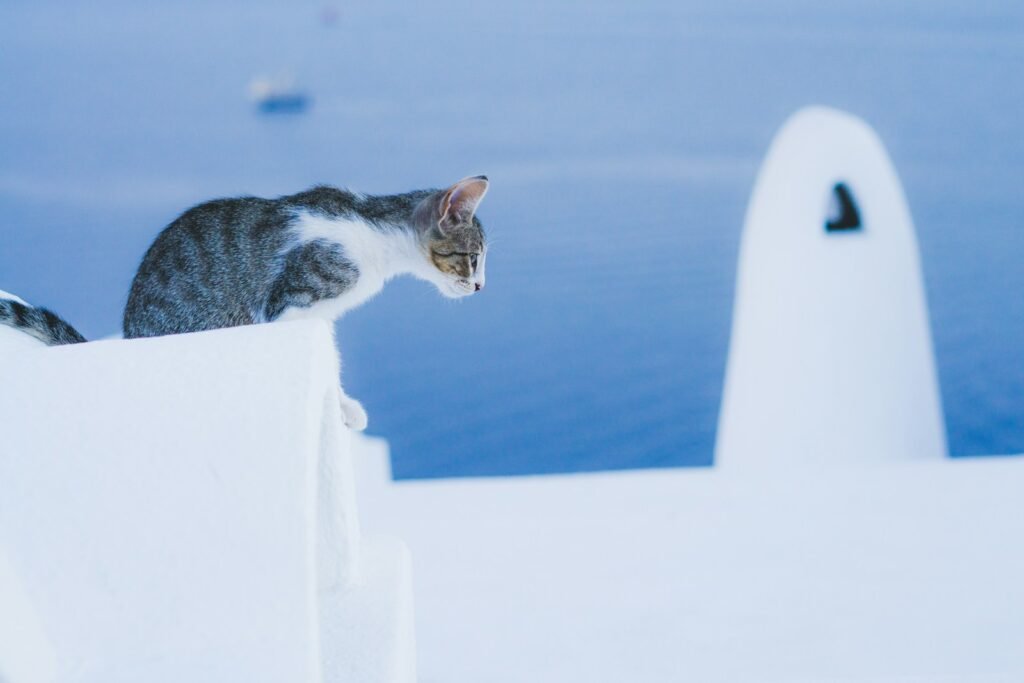
One of the most pervasive myths about cats is that they always land on their feet. Scientifically, this is related to the “righting reflex,” a complex series of movements that allows a cat to twist its body mid-air and land on its feet. This ability is a result of their flexible spine and lack of a collarbone, giving them a unique physical advantage. While this doesn’t make cats immune to injury from falls, it does explain their extraordinary aerial acrobatics.
Cats Have Nine Lives
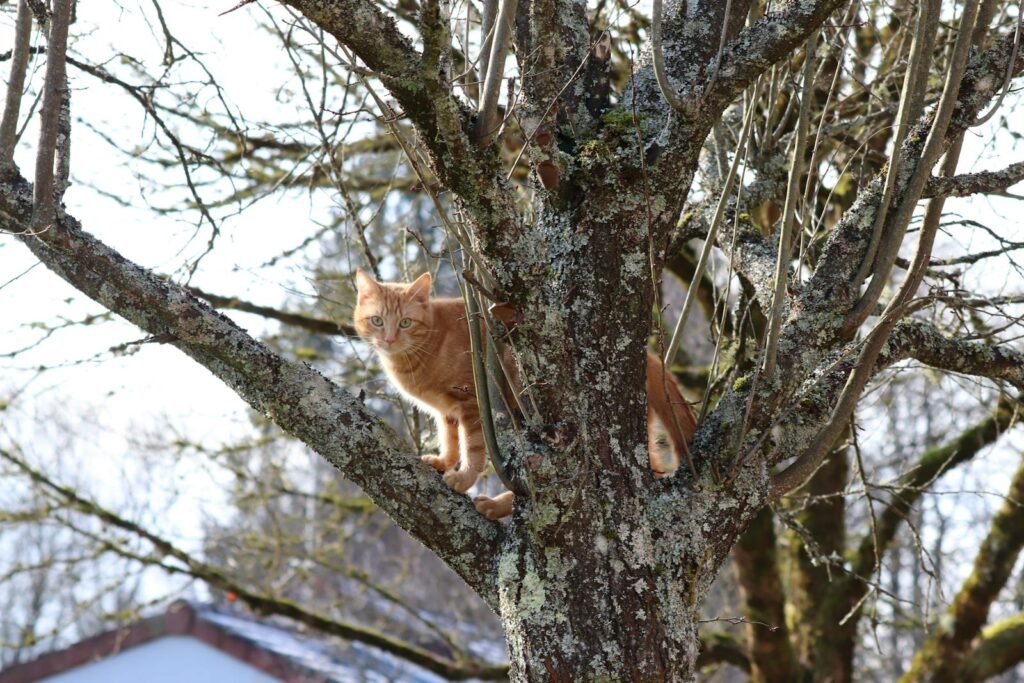
The saying that cats have nine lives is likely based on their ability to survive situations that would seriously harm other animals. It stems from their agile reflexes, keen instincts, and robust evolutionary adaptations that allow them to escape danger. Though they, of course, have only one life, their survival skills have perpetuated this myth across cultures and generations.
Cats and Superstition: The Black Cat Myth

Black cats are often associated with bad luck, especially in Western cultures. This myth likely goes back to the Middle Ages when black cats were associated with witches and the devil. Today, however, the superstition is more cultural than factual, although scientists have noted that black cats do suffer higher rates of shelter admissions and euthanasia due to these unfounded beliefs.
Cats Are Solitary Creatures

While domestic cats often display independent behavior, they are not entirely solitary animals. Studies have shown that cats are capable of forming complex social hierarchies, especially in colonies. Cats may prefer a less overtly social lifestyle compared to dogs, but they do engage in social activities with humans and other cats, showing a preference for companionship in their own unique way.
Cats Can Steal Your Breath While You Sleep

This eerie myth asserts that cats have the ability to steal a baby’s breath while they sleep, leading to infant suffocation. Scientifically, this myth has no basis in reality. However, a cat may be attracted to the warmth of a sleeping human, which could lead to them sleeping close by—but not stealing anyone’s breath.
Cats Are Drawn to People Who Dislike Them

Many cat owners report that their cats seem to gravitate toward guests who are least interested in them. Some behavioral experts suggest this might be because non-cat lovers tend not to stare at or make direct eye contact with cats, which cats interpret as less threatening behavior. Cats may see these individuals as safer or more calming presences.
Cats Can Predict Weather

Ancient sailors and various cultures believed that cats could predict the weather. This myth has some basis in fact, as cats can be sensitive to changes in atmospheric pressure, which often precede weather changes. This heightened awareness may be rooted in their keen senses, allowing them to react to subtleties in their environment that humans might miss.
White Cats with Blue Eyes are Usually Deaf
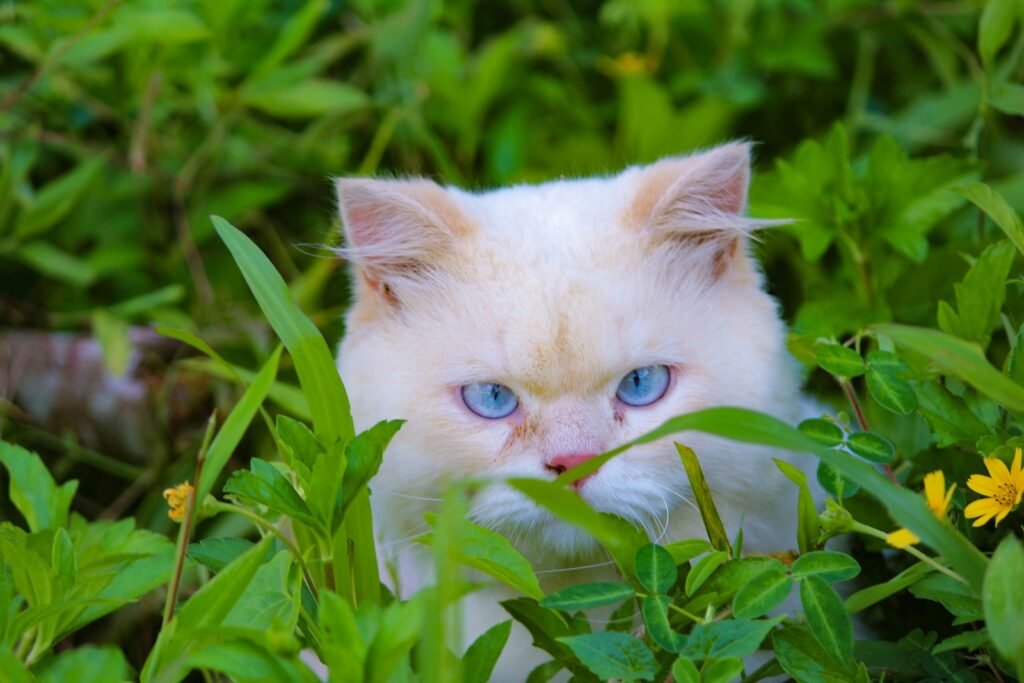
This myth is scientifically grounded. A significant proportion of white cats with blue eyes are deaf due to a genetic mutation associated with their coloring. This differs from the general perception that all blue-eyed or white animals are at risk, as the genetic link is specific to certain breeds and traits.
Cats Have Healing Powers
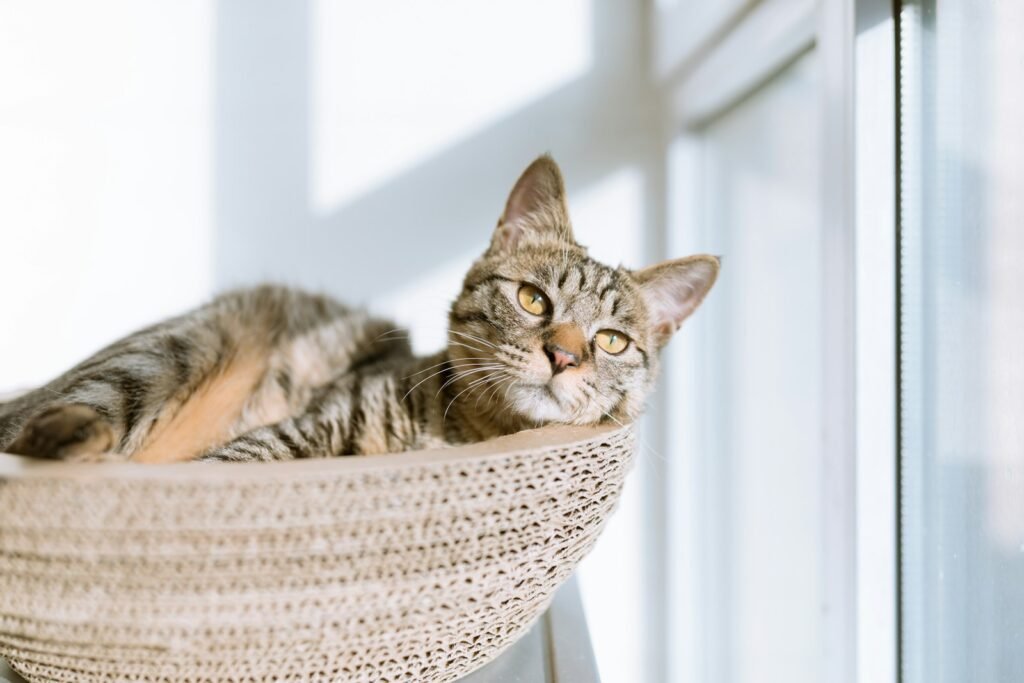
Cats have been attributed with having healing powers, which turns out to be somewhat true. The frequency of a cat’s purr falls within the 20-140 Hz range, which is believed to be medically therapeutic. It is suggested that a cat’s purring can promote healing in bones and tissues, reduce stress, and decrease the symptoms of anxiety, further enhancing their role in improving the well-being of their human companions.
Conclusion
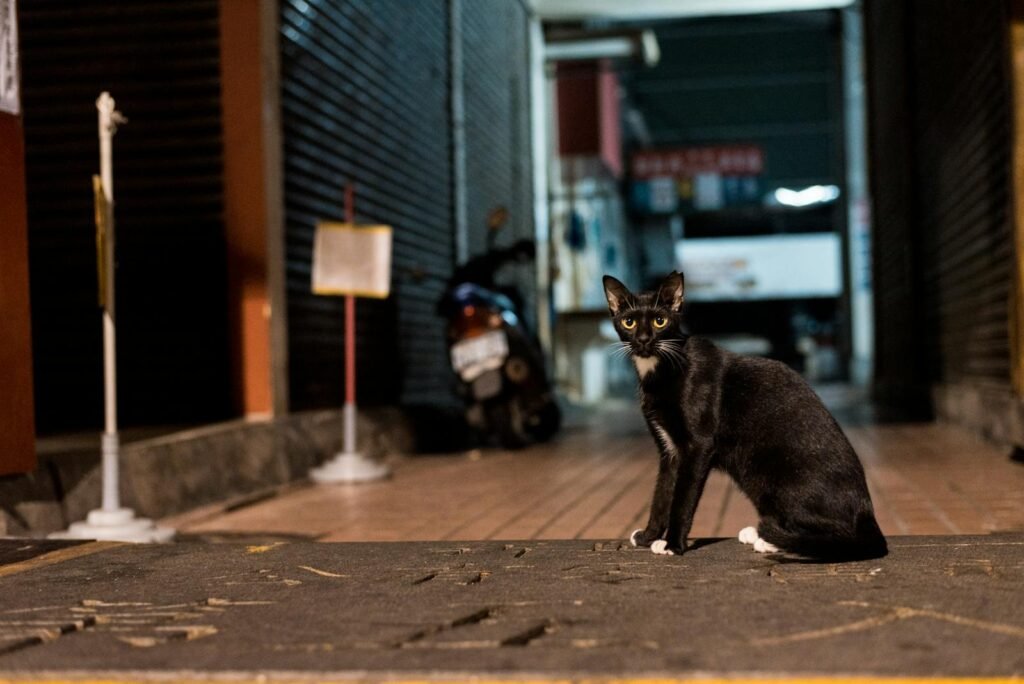
From the belief that they have nine lives to their association with bad luck and weather prediction, cats have been at the center of many myths. However, as we’ve explored, some of these myths are rooted in intriguing scientific realities. These fascinating creatures continue to captivate us, combining mystery and science in ways that spark our curiosity and affection.

Growing up traveling and experiencing new cultures and wonders, I have had a passion for nature, adventuring, photography, and videography. I am currently working towards a BSc in Biodiversity and Ecology at Stellenbosch University, and I hope to specialise in Marine Sciences one day.
Please send any feedback to Feedback@animalsaroundtheglobe.com






